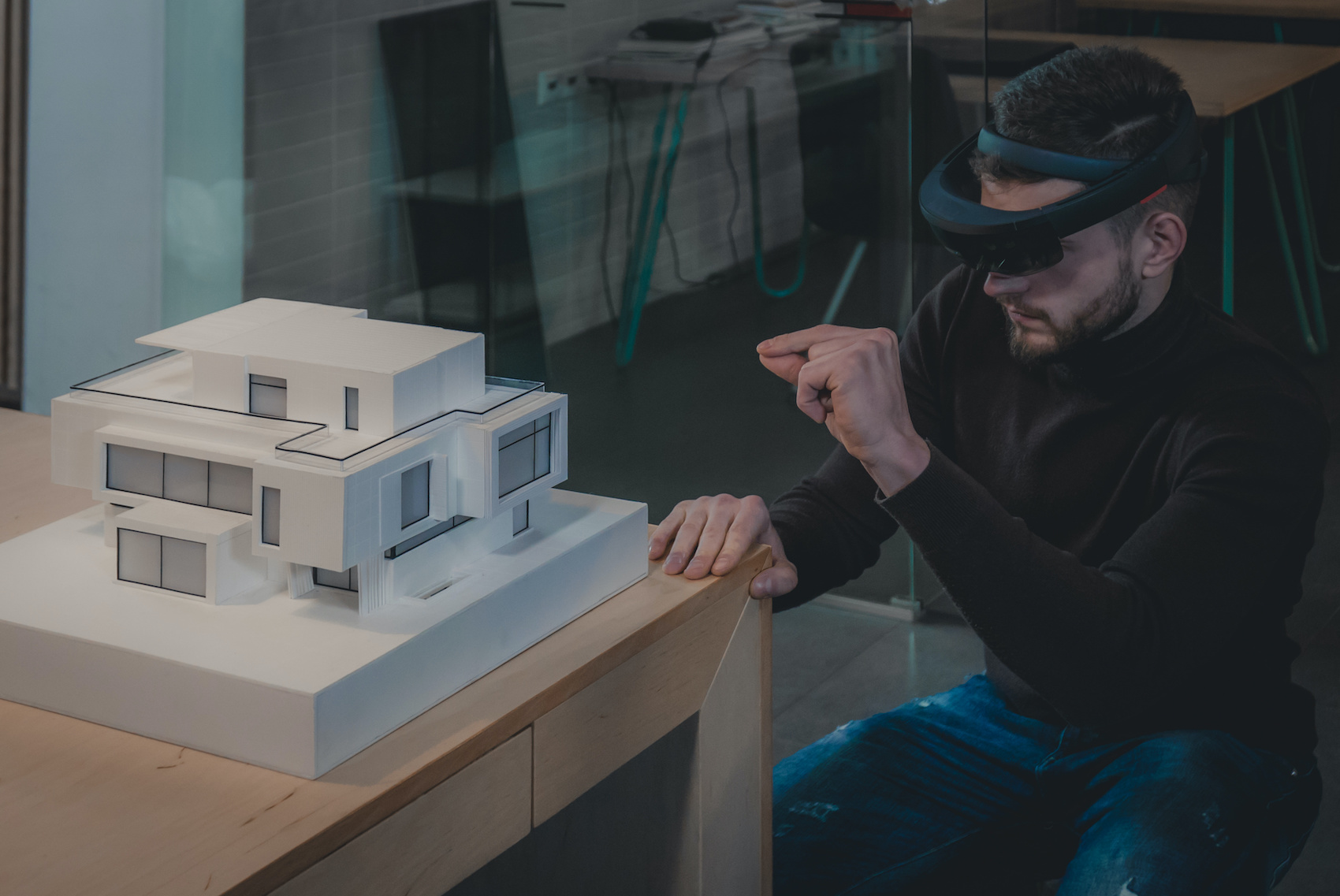Augmented reality (AR) has been a topic of discussion in business and tech circles for the past decade, along with its peer, virtual reality (VR).
These emerging technologies are transforming the way we go about our lives, both personally and from a business point of view.
For a business, it’s a smart investment
to get involved with AR and VR while they are still new. The questions are:
- How can you develop an AR application that has a
relevant use case? - How can you penetrate your consumer market?
It’s a ton to take in at once.
Throughout this article, a1qa consultants will
discuss some important considerations such as buyer personas, UX design, as
well as AR app testing.
Understanding Your Buyer Persona
Understanding who your buyers are, and
what they expect you to deliver is the first step to creating an AR application
that will resonate with your audience. This is true for any software product,
be it an app for iOS, Android, or headsets like Magic Leap One.
Generating the templates of your buyer
personas is one of the easiest steps you will need to take. However, that does
not make it any less important. To create a buyer persona for your app, you can
follow this algorithm:
- – Research who your potential users are, and what they would expect from you.
- – Narrow down the qualities shared by users, such as demographics or their pain points.
- – Detail different categories of personas based on their needs and decide whether your application will be helpful for them.
- – Name your personas to make marketing campaigns more effective.
Designing the Ideal UX for Your Target Market
Now that we understand who your target
market is and why they will be using your application, it’s time to make sure
that your UX is on point.
When it comes to augmented reality
technology, there is one rule—keep it simple. The last thing you want to
do is to make your application overbearing for consumers.
Two pillars of user experience should
be taken into consideration, as listed below:
Environmental Design
Environmental design should take your
future application’s mission as a point of departure. If you are to use the app
in a business setting for team meetings abroad, chances are you may want your
AR features to adjust to different environments on the spot.
On the other hand, if your application is
to serve as a way for customers to see how a product would look like in their interior,
you would only need to fit the context of their home as well as what they are
comparing in the picture.
Interaction design (IxD)
It’s important to carefully create
interactive features of your application to make them comfortable to use and blend
them seamlessly into the overall experience. Generally, this is one of the most
complicated aspects for UX designers to take into account, depending on the
purpose of the software solution.
Understanding the Limitations of Your Application
As with any new emerging technology,
there is still scepticism as to AR usage, which can impede user adoption at
later stages. This should encourage product owners to identify associated limitations
before their apps get released and carefully outline their user acquisition
strategies to overcome possible adoption barriers.
Such limitations can also be related to
the technologies inherent to AR development platforms or tools in use, so those
should be chosen wisely.
Testing Your AR App Continuously
The
testing phase of your AR application can’t be overlooked. Part of the best
practices in mobile app development and testing ensures your app is designed
according to the specs, meets end-user expectations regarding the
functionality, usability, performance, and more. Moreover, your software
solution should be free of security loopholes, especially where sensitive
in-app data may be present.
Some of the testing types common for AR
applications include UI testing, unit testing, compatibility testing, and
others.
Due to the fact that AR applications
are designed to interact with users’ real-life surroundings, test cases should
account for possible inconsistencies and variables of the testing conditions. For
example, features that work in the daytime may not work later on in the evening
because of dim lighting.
A few steps you can take when it comes to testing your AR application is to check how it can:
- – Scan the environment and pick up various shapes, objects, and other markers around the room.
- – Place an augmented object in the room and interact with its surroundings.
- – Ensure it is easy for the user to control the interface and manipulate objects within the environment.
- – Be immersive without overwhelming the user’s senses, causing headaches, nausea, or other problems.
To sum up, here’s your AR mobile development checklist:
- – Do your market research and target particular user personas accordingly
- – Consider the operational environment and context for your app
- – Account for possible limitations of your underlying technology
- – Test your app continuously at every stage of the development lifecycle
About the Author
Pavel Novik is QA Unit Manager and the Head of the Mobile Testing Center of Excellence at a1qa. Founded in 2003, a1qa is a 700+ strong independent software quality assurance provider offering full-cycle testing services, including QA audits and consulting, test automation, and QA outsourcing. The company is headquartered in Lakewood, Colorado, and runs several testing labs in Europe. Geographic expansion ensures more significant cost savings to the customers.
Featured image: ©daniivolkov
